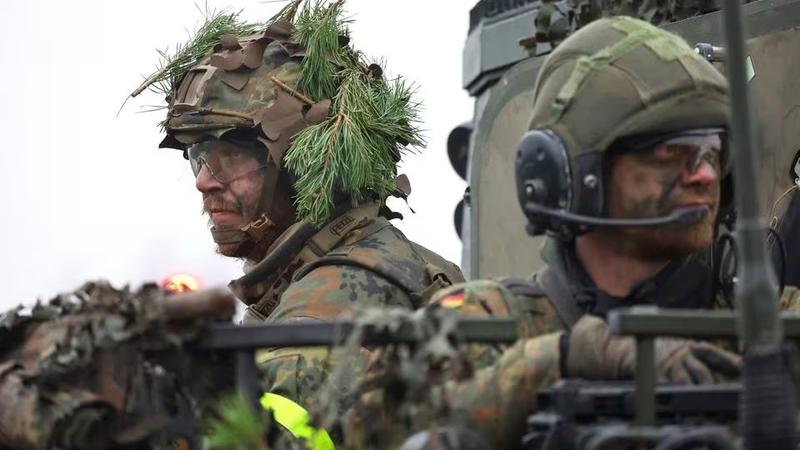Published 22:16 IST, February 27th 2024
Europe defence push requires clearing M&A barriers
ESince Russia invaded Ukraine two years ago, European nations have rushed to boost spending on defence.

Better aim. Does Europe need to spend more money on defence? The question was central at the annual Munich Security Conference earlier this month after U.S. presidential hopeful Donald Trump suggested he would not protect NATO members that do not spend enough on their military. Yet Europe is currently squandering investment on incompatible weapons and systems. Clearing M&A defences and creating regional champions is a top priority.
Since Russia invaded Ukraine two years ago, European nations have rushed to boost spending on defence. The combined military budgets of the European Union’s 27 members should rise to 350 billion euros ($379 billion) this year, nearly two-thirds more than they spent in 2021, European Commission President Ursula von der Leyen said last week. That’s more than twice the $140 billion Russia is expected to spend on its military this year and higher than China’s $224 billion defence budget in 2023. And it doesn’t include the United Kingdom.
The rush to rearm has boosted the order books and share prices of defence manufacturers such as $48 billion BAE Systems to record levels. Yet this firepower is fragmented by national budgets and blunted by different and often competing technical specifications. In 2020, 22 EU states operated 14 different models of tank, including Rheinmetall’s Leopard combat vehicle. The U.S. military mainly relies on the Abrams tank, made by General Dynamics. Last year, two competing groups of countries launched parallel schemes to develop a new generation of fighter jets. Only two dozen European companies feature in the top 100 defence contractors by revenue; half of them are based in the United States.
Removing duplication could save the EU 24.5 billion euros a year, a 2023 European Parliament study shows. This could rise to as much as 75.5 billion euros annually if EU nations pooled more research and development, equipment purchases and even some troops.

To be fair, the EU is marching in this direction. The 8 billion euro European Defence Fund has earmarked nearly 3 billion euros for collaborative research initiatives and to complement member states’ contributions to development projects. But it is constrained by Article 41 of the EU treaty, which bans the use of EU budget money for defence purchases. The same consideration would make it hard for the EU to issue joint bonds to finance military spending.
A better approach is to encourage consolidation among defence companies to create larger and more specialised champions. Europe has done this in the past: Aerospace giant Airbus and missile manufacturer MBDA are both the product of cross-border projects. One option would be for Europe’s largest defence groups to take the lead in areas where they have proven expertise.
Such tie-ups would have to overcome defensive national politicians and EU competition rules. For example, French President Emmanuel Macron in 2017 stalled the purchase of South Korea’s STX by Italian shipbuilder Fincantieri to protect France’s military shipyards in Saint-Nazaire. Yet as geopolitical risks mount, dismantling barriers to defence M&A may be the best way to ensure Europe gets the biggest bang for its military buck.
Updated 22:16 IST, February 27th 2024





